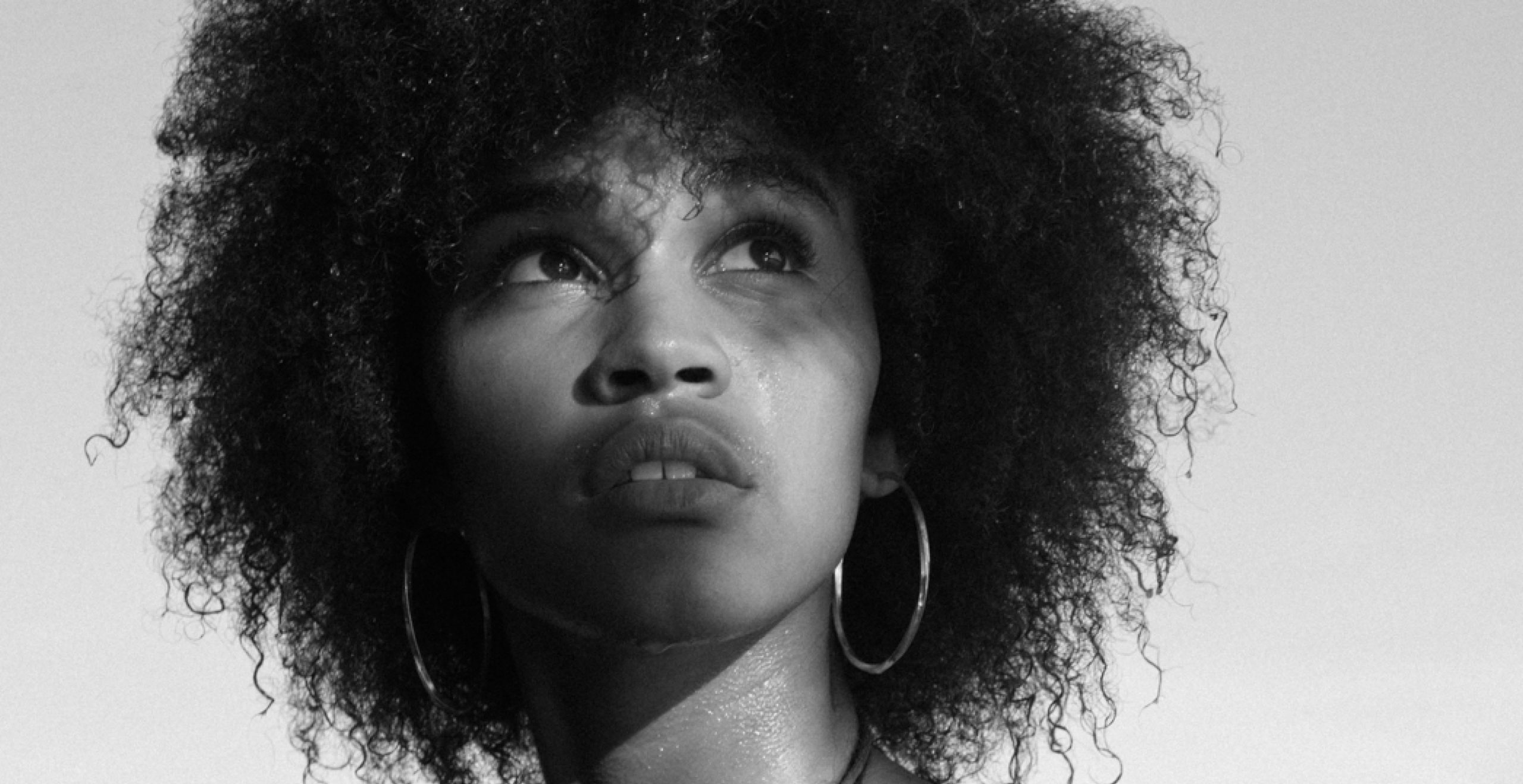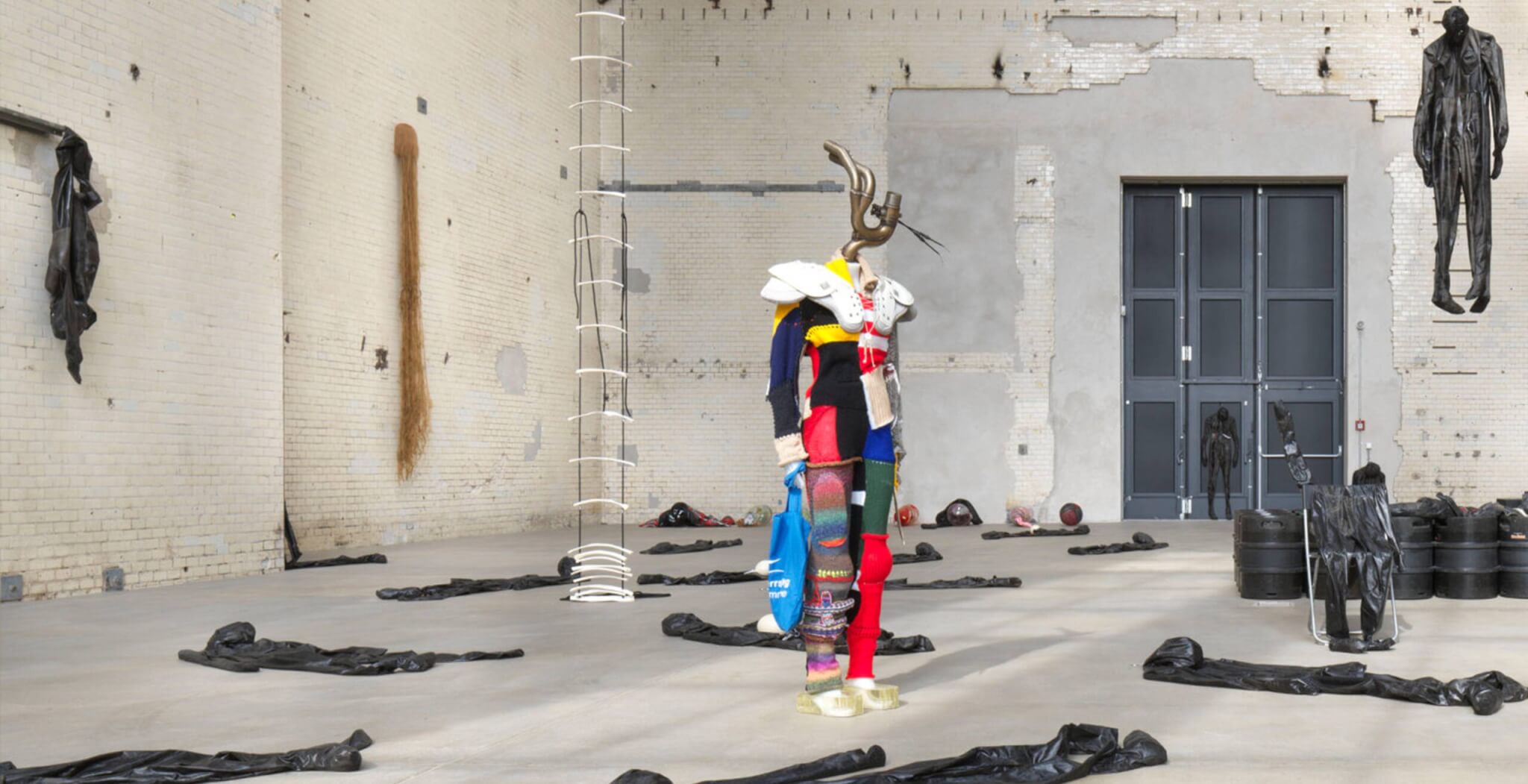Embracing the Social Girl Era: Overcoming Social Anxiety and Enjoying Get-Togethers
Lately, I’ve fully embraced my social girl era, relishing in the experience of attending social events rather than avoiding them. Whether it’s meeting colleagues, enjoying post-work drinks, or simply hanging out with confidants in my flat, I’ve discovered a newfound fondness for being a social butterfly. However, this transformation isn’t about overcoming social anxiety or my aversion to excessive interpersonal contact. Instead, it serves as an introduction to a captivating observation I’ve made during those delightful evenings in my flat. So, let me share my musings and elaborate further.
Around four months ago, I moved into my new flat—a place I’ve come to love wholeheartedly. From the beautiful furnishings and captivating decorations to the comforting feeling of coming home, it’s been a sanctuary for me. Not to mention the intimate get-togethers with good friends that perfectly align with my current social girl era. But these small gatherings also bring forth the topic of discussion for this article: an uncanny ability of mine to find myself engaged in unpleasant arguments that leave both parties feeling unsettled. However, this time, the argument wasn’t related to my profession or passion; it was about something as seemingly insignificant as my coffee table.
If you know me, you’re aware of my peculiar habit of creating mood boards for every occasion. Whether it’s a holiday, a party, a weekend getaway, or even setting up new four walls, I find solace in meticulously detailing the aesthetic, vibe, and color scheme through mood boards. This quirky trait is undoubtedly inherited from my mother. Take, for instance, my new flat—each room has its own mood board, capturing the essence I desired. As part of this vision, I purchased a glass desk before even moving in—a significant investment for me. To complement it, I carefully selected a coffee table that seamlessly blended with my interior design. Yet, this seemingly innocuous table seemed to evoke strong reactions from others. It possesses an undeniable allure. If you’ve spent any time scrolling through Instagram and Pinterest, chances are you’ve encountered this captivating coffee table countless times. It’s a small, curved-glass or plexiglass table designed to accommodate magazines, newspapers, and books. Yes, it’s undeniably popular and may even be considered mainstream, but it’s hardly worth losing one’s composure over. Or is it?
One evening, while hosting some acquaintances for drinks and conversations, the infamous coffee table became the center of attention. As my friend scanned my flat, their eyes fixated on the living room, and with an air of theatrics, they proclaimed, “Wow, it’s like something straight out of Pinterest!” I couldn’t help but roll my eyes in response. However, that didn’t deter them. They continued, “Don’t get me wrong—it’s cute, but it’s incredibly mainstream.” As if it were an insult. Unable to let it slide, I responded playfully, asking if I could borrow their black North Face puffer jacket and white Air Force 1s. That quelled the conversation. Later on, the topic resurfaced as my friend inquired about the coffee table. They assured me it wasn’t intended as an insult but pointed out that they had seen this table countless times on Instagram feeds, in the living rooms of Pinterest enthusiasts, and among TikTok trendsetters. Their expectation was for me to showcase a more distinctive choice. It struck a chord within me.
Does the act of purchasing, wearing, or displaying a popular item in your home equate to a lack of individuality? Is individuality synonymous with superiority and ultimately good taste? The creative industries are rife with individuals who grapple with a complex surrounding their own uniqueness. They yearn to like, consume, and discover things that are appreciated by only a select few. It could be a new vegan Vietnamese restaurant, an indie artist waiting to be discovered, or vintage leather boots from a limited spring/summer collection decades ago. These individuals associate niche tastes with superior judgment, and their daily routines are defined by the fear of being deemed basic. Taste is deemed valuable only when it remains exclusive, turning the concept of “tastefulness” into a mundane social clique. However, this extends beyond the realms of fashion and interior design—it delves into a much larger picture, ultimately encompassing human behavior.
Now, let’s ponder: What truly exemplifies a basic, mainstream thing? Is Ariana Grande more basic than Taylor Swift? Does Led Zeppelin lean slightly less basic compared to Pink Floyd? Does choosing Italian Giallo over French New Wave signify a stronger personality? Should one opt for an undercut or embrace baldness in pursuit of a more alternative look? Are mom jeans considered basic, or should one invest in a vintage GMBH pair? Has having a personality itself become basic? Was there a phase where merely existing was deemed basic—can we revisit that sentiment? These thoughts can be utterly exhausting.
Instead, let’s reacquaint ourselves with the blissful embrace of mediocrity, palatability, and mainstreamness, and explore why it holds significance. These are the things that resonate with everyone—designed to be likable, reliable, and comforting when our minds refuse to cooperate due to overwhelming circumstances. They evoke laughter, fear, or tears, aligning with our prevailing emotions. Often, we overlook the unbridled joy that arises from the utterly mundane—the sound of an old song playing, sitcoms with laugh tracks, the comfort of a well-worn pair of leggings, a satisfyingly average pizza, or the simplistic yet captivating plotline of a Disney movie. Truly great art merely serves as a delightful addition, cleansing our palate when we’ve had our fill of the ordinary and seek solace. Moreover, the concept of what is deemed basic remains subjective. For those who don’t reside within our social bubbles, what we consider basic might epitomize good taste.
In conclusion (though it may seem pragmatic, it rings true): Embrace what you genuinely enjoy. There’s a reason why mainstream things are sought after by many—they simply resonate with a wide audience. Our individuality complex often plays tricks on us, making us feel guilty about our choices. We often label them as guilty pleasures, cringy, or cheugy when, in reality, we should simply relish in them. That’s precisely what I intend to do moving forward—because, with or without its association with Pinterest, my coffee table looks absolutely stunning in my living room.



























